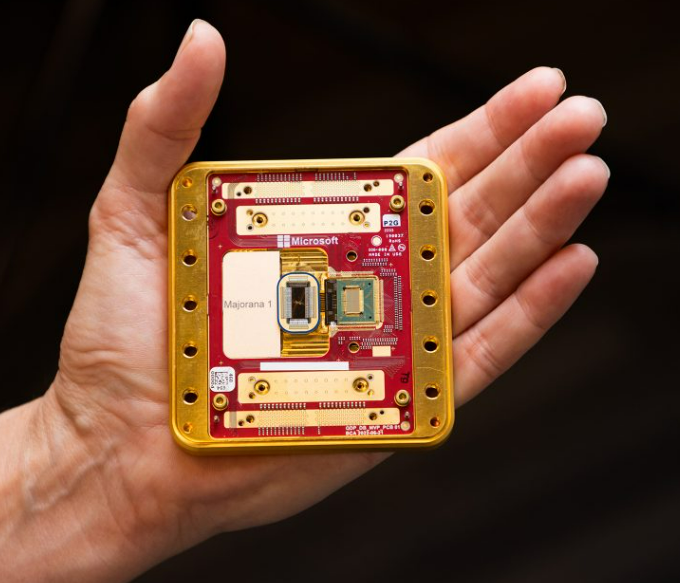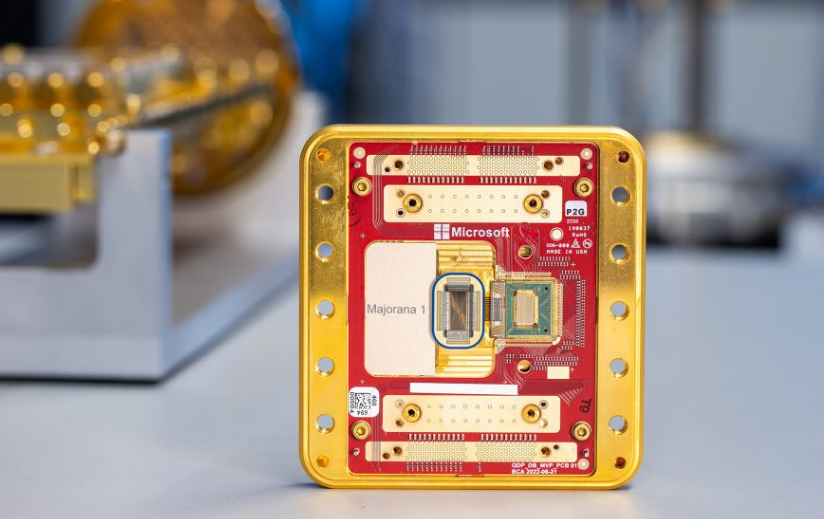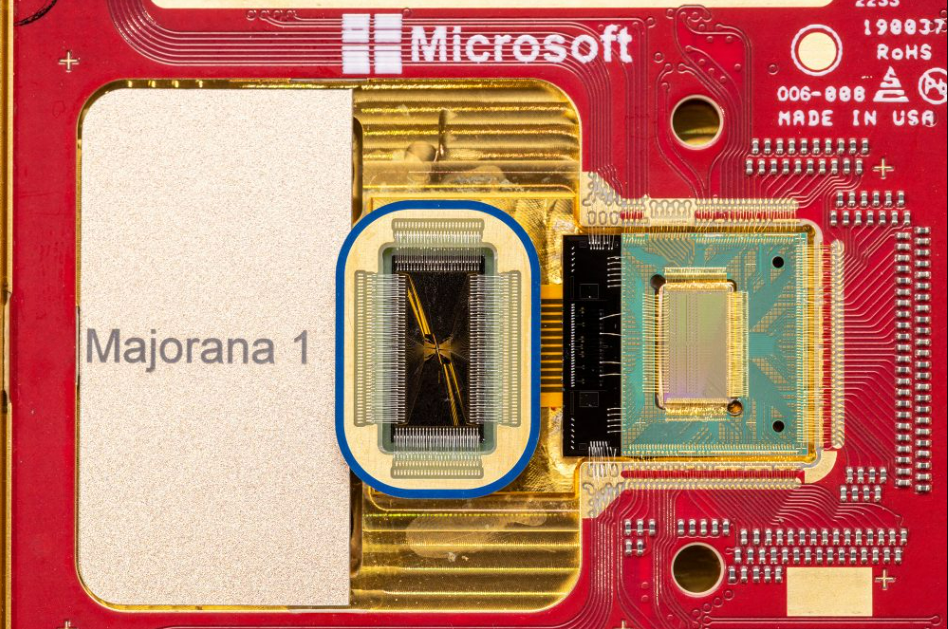
So far, we could only say that about AI, but since last year, even quantum computing has been moving at a pace that’s hard for anyone to keep up with. Microsoft claims that what makes its chip a breakthrough is its use of a whole new state of matter for the architecture of its quantum chip. Instead of using electrons, as chips from Google, Intel, IBM, and others do, Microsoft’s Majorana 1 uses something called Majorana particles.
The Birth of Majorana 1: The Majorana 1 chip is named after the Majorana fermion—an elusive quasiparticle theorized by Ettore Majorana in 1937. It is this particle that sets the chip apart from what Google or IBM have achieved. By using Majorana fermions, the chip employs topological qubits instead of the superconducting or trapped-ion qubits commonly used by competitors like Google and IBM. This is a unique approach, the world’s first topoconductor, which Microsoft promises will tackle problems that are currently too complex for today’s classical computers and “realize quantum computers capable of solving meaningful, industrial-scale problems in years, not decades.”

What’s a Topological Qubit?: At the heart of Majorana 1 is the concept of topological qubits. Unlike conventional qubits used by its competitors, which are notoriously fragile and prone to environmental interference, topological qubits encode information in the system’s ‘shape,’ making them resistant to disturbances. Imagine twisting a string; the knots encode information that is resistant to small changes. This protection promises a far more fault-tolerant quantum computing system, reducing the need for complex error correction, which has been the bane of quantum computing so far.
This is achieved by the topoconductor, created by carefully combining indium arsenide and aluminum, demanding atomic-level precision during fabrication to avoid disrupting delicate quantum states. The topological state is achieved by cooling the topoconductor to near absolute zero. At these cryogenic temperatures, aluminum transitions into a superconducting state, allowing electrons to flow without resistance.

The Majorana 1 Chip: In the world of quantum computing, this is remarkably small, considering that traditional quantum systems require vast, intricate infrastructures to house far fewer qubits. This compact design is made possible by integrating error correction directly into the chip through the use of topological qubits. By combining scalability with reliability, the Majorana 1 chip seems to be setting a new benchmark for quantum computing hardware.
Microsoft’s Majorana 1 processor, on the other hand, promises a different approach. By using topological qubits, Majorana 1 aims to reduce error rates significantly. The use of Majorana zero modes (MZMs) in a topological superconductor allows for qubits that are inherently more stable and resistant to environmental interference, achieving intrinsic error rates below 0.1% due to their topological protection. This could potentially reduce the overhead for error correction by orders of magnitude compared to superconducting systems. This stability means that the need for complex error correction mechanisms is reduced, making the system more reliable and scalable.
The Quantum Computing Landscape: The field of quantum computing is already producing diverse approaches. In addition to Google, IBM, and Microsoft, companies like Xanadu (with their photonic qubits) and IonQ (with trapped ions) are pursuing unique strategies for quantum computing. Each approach has its strengths and weaknesses, and while not all will survive, the current thriving competition bodes well for the future of quantum computing.
Current Capabilities and Future Potential: Majorana 1 is still in the research phase. The first generation of devices focuses on single-qubit operations and measurement-based qubit benchmarking. The roadmap outlines a path to more complex devices, including two-qubit operations and quantum error detection, but these have yet to be fully realized.
What could give Microsoft an edge in quantum computing is the potential for Majorana 1 to scale up to a million qubits on a single chip. This is still theoretical, but if achieved, it would represent a significant leap forward for quantum computing. This scalability, combined with the inherent stability of topological qubits, could enable practical quantum computing applications in almost every field—from artificial intelligence and drug discovery to materials science.
